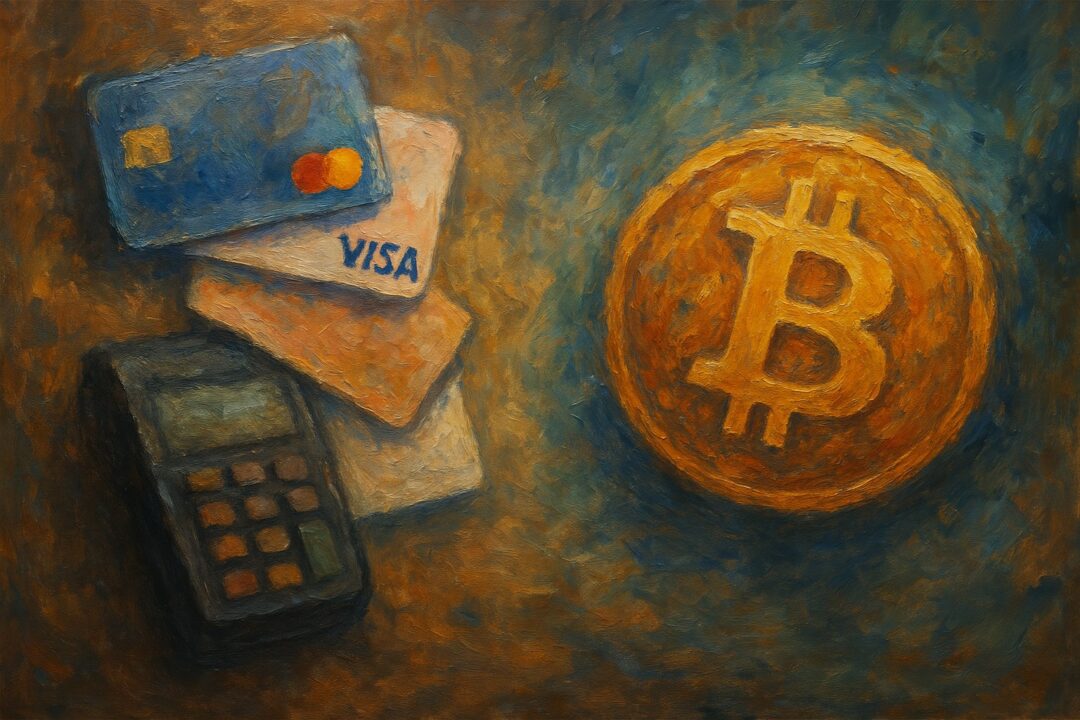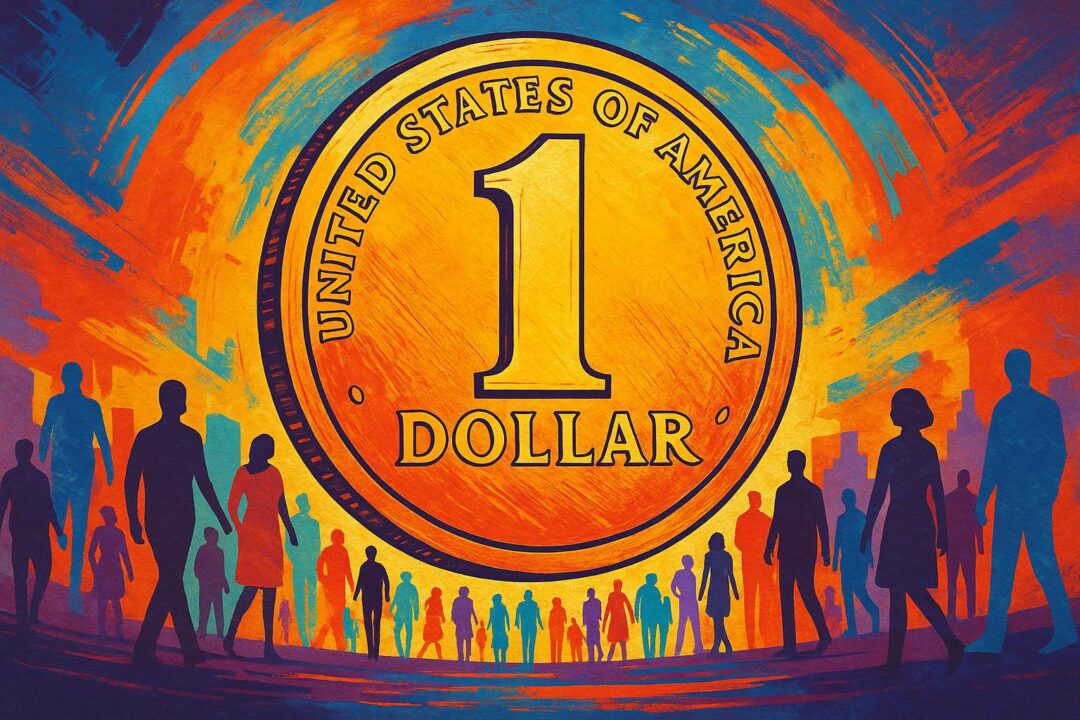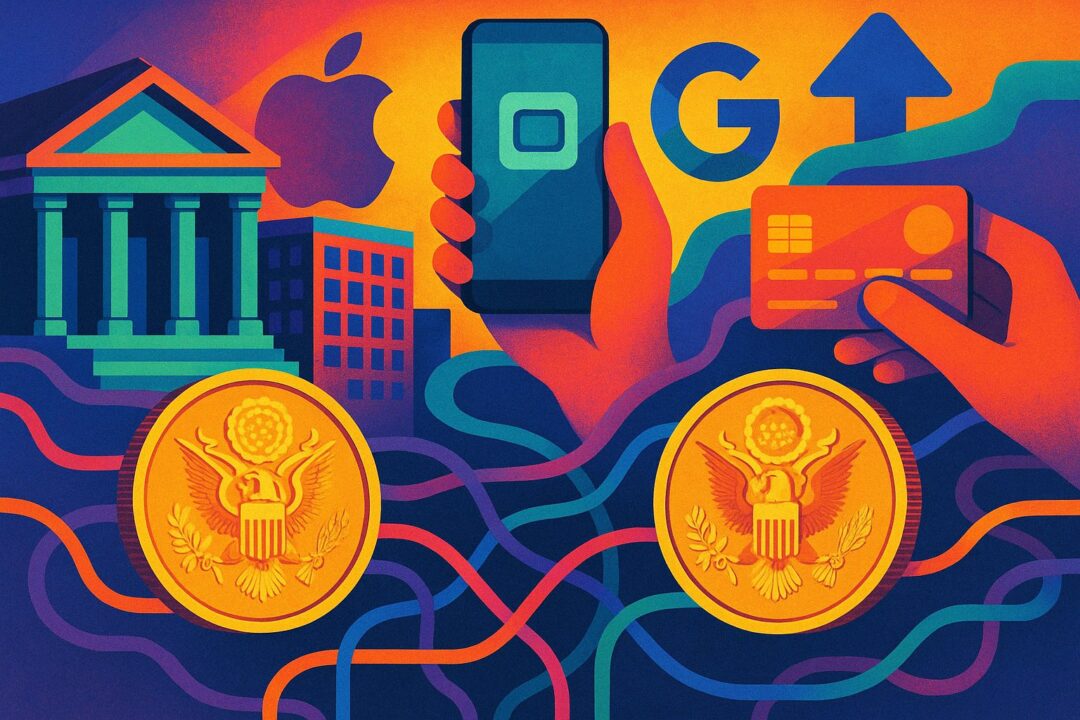In the ancient world, empires conquered with armies. In the modern era, they conquered with banks. Today, conquest may come not through war or debt—but through code.
As US-dollar stablecoins—like USDC and USDT—proliferate across borders, they’re being hailed as breakthroughs in speed, access, and financial inclusion. But look beneath the surface, and a more strategic pattern emerges: one where digital dollars silently erode the monetary autonomy of entire nations.
We’ve seen this kind of story before.
When Europe created the euro, it promised unity, strength, and stability. But it also quietly dismantled the financial sovereignty of its member states. Now, stablecoins may be setting the stage for a similar transformation—only this time, it’s global, and it’s driven not by treaties, but by technology.
The Euro Experiment: A Precedent for Sovereignty Loss
The creation of the euro fundamentally changed Europe. By adopting a single currency, countries like Greece, Spain, and Italy gave up the right to issue their own money, set independent interest rates, or devalue their currencies in a crisis. Those tools were handed over to the European Central Bank (ECB)—a supranational authority heavily influenced by the economic ideology of its strongest member: Germany.
When the 2008 crisis hit, and again during the Eurozone debt crisis, countries on the periphery discovered the cost of this trade. They couldn’t devalue to boost exports or print money to soften economic shocks. Instead, they were forced into austerity under the guidance of the ECB, the IMF, and the European Commission—the so-called Troika.
The promise of stability had masked a loss of control. The euro became a beautiful trap: modern, efficient, global—and deeply limiting in times of crisis.
Stablecoins: The Euro Model, Scaled Globally
Now imagine that same dynamic—but on a worldwide scale. This is what US-dollar stablecoins could become.
Though not imposed by treaty or central bank, stablecoins represent a self-imposed dollarization. Citizens adopt them voluntarily—often out of necessity. In places where local currencies are unstable or corrupted, stablecoins become lifelines. In Venezuela, Argentina, Nigeria, and parts of Southeast Asia, people are already skipping banks and going straight to digital wallets stocked with USDC.
But the consequences are familiar:
- Governments lose control over monetary policy
- Central banks lose the ability to manage crises
- National currencies are undermined from within
- Fiscal sovereignty erodes with every transaction
It’s the euro dynamic—but without even the pretense of shared governance. At least in the Eurozone, countries had a seat at the table (however small). With stablecoins, the monetary authority isn’t the ECB—it’s Washington, Wall Street, and a handful of private companies sitting on piles of U.S. Treasuries.
Digital Dollars Without Consent
This is not monetary colonialism in the traditional sense—it’s something stealthier. No IMF loan. No central bank bailout. No formal agreement. Just an app download and an API call.
Dollar stablecoins offer powerful utility. But they also create dependencies. And those dependencies tie users—not just to the U.S. dollar, but to American monetary policy, regulations, and geopolitical interests. The issuers of these coins must comply with U.S. law. Their reserves are held in U.S. financial institutions. And if political tensions rise, access can be frozen—overnight.
The tools may be decentralized. The power is not.
The Coming Dilemma for the Global South
For nations on the economic periphery, stablecoins feel like progress. They provide access to global markets, hedge against inflation, and give the unbanked a financial identity. But over time, they create a kind of financial dual citizenship—one where the local currency is used out of obligation, and the dollar is used out of trust.
That duality weakens national policymaking and deepens exposure to foreign interests. And once the population is onboarded to stablecoins, it becomes politically and practically difficult to reverse.
We saw this with the euro. Countries in crisis wanted flexibility—but were trapped in a system designed for stability, not sovereignty. That same trap now lies in wait for any country whose population embraces US-dollar stablecoins without a plan.
Conclusion: The Download Is Already in Progress
What we’re watching isn’t just a fintech trend. It’s the construction of a new global monetary architecture—one that mirrors the euro in form but extends the influence of the U.S. far beyond its borders.
If left unchallenged, stablecoins could become the next layer of soft imperialism—replacing central banks with APIs, monetary unions with token standards, and democratic control with jurisdictional ambiguity.
The Trojan horse isn’t at the gates. It’s already inside the system.
And unless countries act—by developing credible alternatives, regulating aggressively, or building digital currencies on their own terms—they may soon wake up to find their economies controlled not from within, but from afar.
Not by soldiers. Not even by bankers.
But by code—written elsewhere, running everywhere, and owned by no one they can hold accountable.
Discover more from Brin Wilson...
Subscribe to get the latest posts sent to your email.



